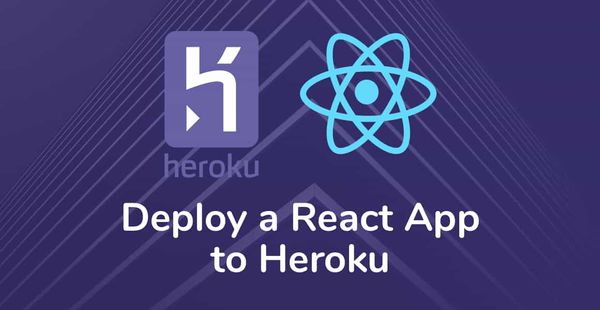Post Launch MVP Activities: What No One Is Talking About
Months of hard work, dedication, and sacrifice have finally paid off. You have successfully launched your MVP, and users are flocking to your product. However, is this really all? You've taken a significant step in turning your idea into a real product, but it's far from the finish line.
Launching your MVP is like taking a leap of faith into the unknown. You're putting your product out there for the world to see, and you have no idea how it's going to perform. As soon as you launch your MVP, you still have a lot of ground to cover and mistakes to avoid.
In this article, we will discuss the possible post-launch MVP activities in more detail. So, let's talk about some post-MVP launch activities that you should consider in detail.
Life after MVP launch
So, you've launched your MVP, congratulations! But what now? Once you’ve launched your MVP, you need to start planning for what comes next. Well, the first step is to assess how your MVP has been received by your target audience. The aim should be to build upon the initial success and keep moving forward. But where do you start?
Gathering User Feedback
It's crucial to gather feedback from your users since they are the ones who will use your product, so their opinion matters. You need to know what they think of your MVP, what they like and dislike, and what they expect from your product. You can ask them to fill out surveys, provide feedback via email or social media, or use survey or feedback tools like SurveySparrow or Typeform.
This information will help you identify areas that need improvement, prioritize product features, and shape your future roadmap. So, head out there and talk to your users!
Also read: Cost to build an MVP
Data Analysis and Interpretation
Collecting feedback is one thing, but analyzing it is another. You need to analyze the data to identify patterns and trends. This will help you to understand your users better and make more informed decisions.
Look for patterns, common complaints, and trends. Some examples of the data you should be collecting and analyzing after you launch your MVP:
- The number of signups or registrations
- Daily/weekly/monthly active users
- User retention rate (the percentage of users who return to use the product after their initial visit)
- Engagement metrics (e.g. the number of messages sent for a chat app, the number of items sold for an e-commerce app)
- Feature usage (which features are being used the most and least in your product)
- Customer feedback and reviews
- Conversion rates (e.g. the percentage of users who complete a purchase)
- Customer support metrics (e.g. response time, number of tickets resolved, customer satisfaction ratings)
This will help you make data-driven decisions about your product. Make sure to involve your team in this process, as everyone's input can be valuable.
Also read: Importance of MVP
Product Marketing Strategies
Now that you have a better understanding of your users and their needs, it's time to start marketing your product. This includes creating a strong brand identity, developing a content strategy, and utilizing various marketing techniques, such as SEO, social media, email marketing, or PPC advertising. The key is to reach your target audience and get your product in front of them.
Offer Reliable Support
As your user base grows, you need to make sure you provide reliable support. This includes things like responding to queries promptly, providing clear documentation, and ensuring that your product is bug-free.
Consider offering a variety of support channels such as email, phone, and chat, to make it easier for users to reach you. This will help you to build a loyal customer base and ensure that your users keep coming back.
Product Pricing
Finally, it’s time to price your product. This can be a tricky task, as you want to find a balance between making a profit and not pricing yourself out of the market. You need to consider your target market, the value your product provides, and the competition. You can use various pricing strategies, such as value-based pricing or cost-plus pricing. Whatever you choose, make sure it’s reasonable and justifiable.
Wrapping up
Building and launching an MVP is just the beginning of your journey. To build a successful product, you need to focus on the post-MVP launch activities that we have discussed in this blog.
Remember, this is a continuous process, and you need to keep refining your product to meet the changing needs of your users. Good luck!
Ready to build your MVP? Let our expert team help. Contact us now for a free consultation and bring your idea to life.
FAQs
Q: What is lined up post MVP?
A: After the MVP (Minimum Viable Product) launch, you should have a plan for what's next. This may include gathering user feedback, making improvements, scaling up your product or service, and expanding your user base.
Q: Why is a post-launch review important?
A: A post-launch review is crucial to evaluate the success of your MVP and identify areas for improvement. This helps you make informed decisions and optimize your product for better user experience and market fit.
Q: What is used during the post-launch phase of user research?
A: Post-launch user research may include various methods such as surveys, interviews, usability testing, analytics, and A/B testing. These techniques help you gain insights into user behavior and preferences, and identify opportunities for product optimization.




